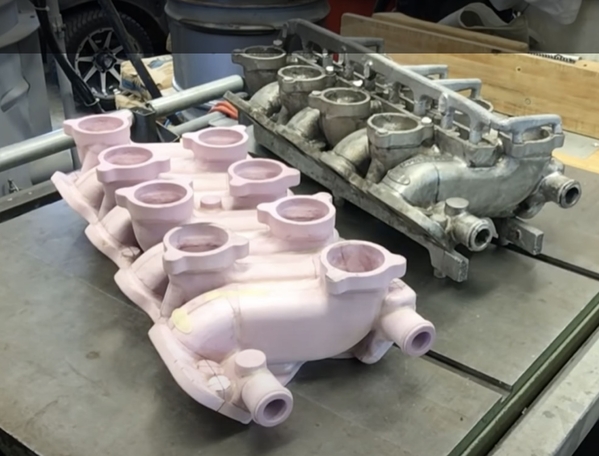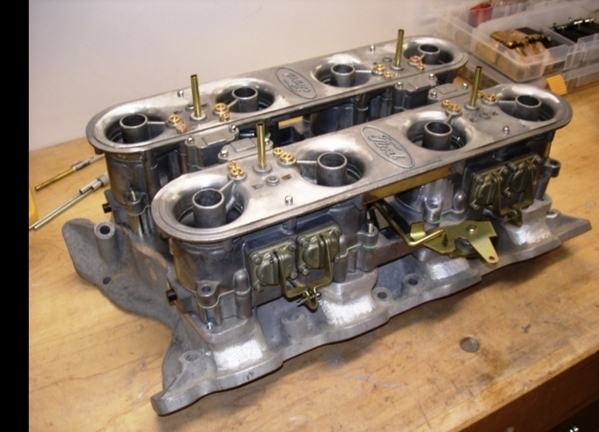The purpose of the runner length is to make the induction system come into Helmholtz tune at the desired RPM. Helmholtz is the same principle used in designing and tuning pipe organs and musical instruments. In automotive circles it is also known as the ram effect. The pressure wave from the valve opening and closing travels at the speed of sound and reflects within the runner. When the valve opening is in time with the reflection (resonance), that pressure wave can further pressurize the air/fuel charge, increasing charge pressure up to 10-15% as a natural form of supercharging. For American V8s, the length runner necessary to achieve this on the first reflection would be 30 feet! Since the pressure wave goes both up and back in the runner, that immediately halves that figure. Luckily, the same effect can be realized on subsequent reflections with the 4th to 6th harmonics being common depending upon runner length and RPM and reduces the runner to more practical lengths
The runner lengths on this intake are very similar to those in the CrossBoss plenum intake (ala Bud Moore Maxiplenum for 351C) except they have carb flanges instead of a common plenum. The runner lengths are actually in a very inconvenient position for packaging. Three of the manifold mounting bolts on each side need to be installed through the carb openings and you can see the cylindrical bosses for them on the exterior of the manifold. On an 8.2 deck intake, everything thing is tight. The design of manifold casting, linkage, and carb positions were a real challenge. It also uses a custom timing cover like several of the old TA Boss 302 intakes that positions the cam forward and uses an extension to drive it. A friend and longtime B2 enthusiast is building an engine around the system. It will fit under the hood of a stock Boss 302.
More here at the B302 Forum. Someone started a thread with a catchy title there :-)
https://www.boss302.com/smf/index.php?topic=88291.0
More here for anyone with an interest in lost foam casting.
http://forums.thehomefoundry.o...pendent-runner.1692/
In the future I may have some 351C intakes of interest to the Pantera community.
Best,
Kelly





